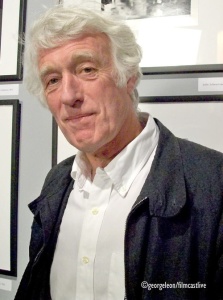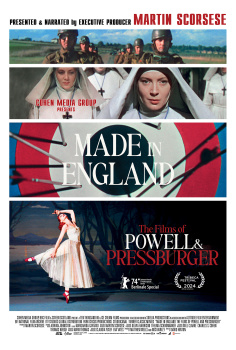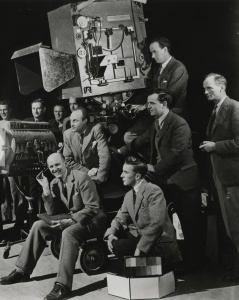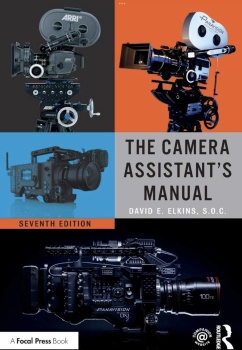Continued
As cinematographers we hope that directors, writers, and actors will express the intent of their characters and stories without imposing strong assertive control. By allowing us the opportunity to express our own ideas, our collaborators discover nuance that expresses their ideas in deeper or greater ways than they expected.

The happy accident that Conrad Hall often spoke of, that spark of inspiration that occurs when partners express ideas in a manner that is greater than what we expected. It occurs with all of the authors (directors, writers, actors, cinematographers, operators, assistants, gaffers, key grips, art directors, etc.) that contribute to the filmmaking process. In time, I discovered my real responsibility and the historical legacy of my position as a director of photography.I know there are many cinematographers who feel the need to operate or, with the new digital technology, sweeten the image on the set. But there lies within that situation a very grave danger.
We were, in the beginning, cameramen. We did everything. As production became more complex and costly, the position of director of photography was created to partner with the director, actors, writers, and producers to create the look of the film. That collaboration defines itself in many different ways based upon the relationship that your partners allow.
If a director of photography chooses to operate, we remove ourselves from the council that occurs around video village. Often there are brief moments where ones input can alter the direction of a performance, choice of camera position, movement, or many other extraordinarily varied and subtle elements that a director will make choices about.
If we are behind the camera instead of at the director’s side as their co-collaborator, we have lost our fundamental reason for existing. Indeed, based upon the lack of wisdom within the Industry, it would not take long for a producer to suggest, “If we have a great operator, gaffer, and DIT why do we need a cinematographer?”
Without that strong bond between the director and cinematographer, we will soon lose that connection. It is a strong political and interpersonal connection that can influence far more than the quality of one’s operating or compositional skills.
The same is true for the cinematographer who hides within the Black Maria with the DIT, excluding themselves from the direct connection with the director. The role of director of photography was defined many years ago when stars and directors demanded specific cinematographers. If we had continued to operate the camera as well as lighting, our position would have been eliminated many years ago. We exist because of our influence, experience, knowledge, and wisdom.
We are in extraordinary times. One could easily suggest that some of the great cinematographers would never have had their unique visual signature if they had not been by the director’s side during those unique moments of inspiration. Certainly there are extraordinary elements that a camera operator brings to bear on the visual signature of a film. But when the scene is being taken, the director of photography must be by the director’s side.
 The director chooses us and defines our contribution. If we are chosen for our instinctual inspiration operating the camera, we are missing the contribution that we have gained through the years of knowledge and wisdom working through the aesthetic, technical, and political situations that a leader and artist learns. Although I cannot say for certain, I contend that those cinematographers who are also working as camera operators seldom have the ear of the director.
The director chooses us and defines our contribution. If we are chosen for our instinctual inspiration operating the camera, we are missing the contribution that we have gained through the years of knowledge and wisdom working through the aesthetic, technical, and political situations that a leader and artist learns. Although I cannot say for certain, I contend that those cinematographers who are also working as camera operators seldom have the ear of the director.Indeed the directors may feel that they don’t need the contribution of the cinematographer. Like myself, at the beginning of my career, they may not know how invaluable that partnership might be if that cinematographer is by their side, listening to their every conversation, and quietly suggesting elements that might bring greater detail to the director’s vision. As directors and cinematographers, we certainly rely upon the instinctual inspiration that camera operators, assistants, and our crew give to our ideas.
Often times those “happy accidents” heighten our ideas to far greater levels than we conceived. As a director of photography, our role is to lead, inspire, suggest, and offer guidance based upon our experience. We express the visual signature with the support of our camera operator, camera assistants, grip, and electric crew. We hope that they will inspire and collaborate with us in the same way that we serve the director. If we choose to accomplish all of the roles in the camera department, we will discover that in a very short period of time there will be no need for the artistry that a director of photography provides.
Roy H. Wagner ASC
director of photography
Courtesy of SOC Magazine

























































